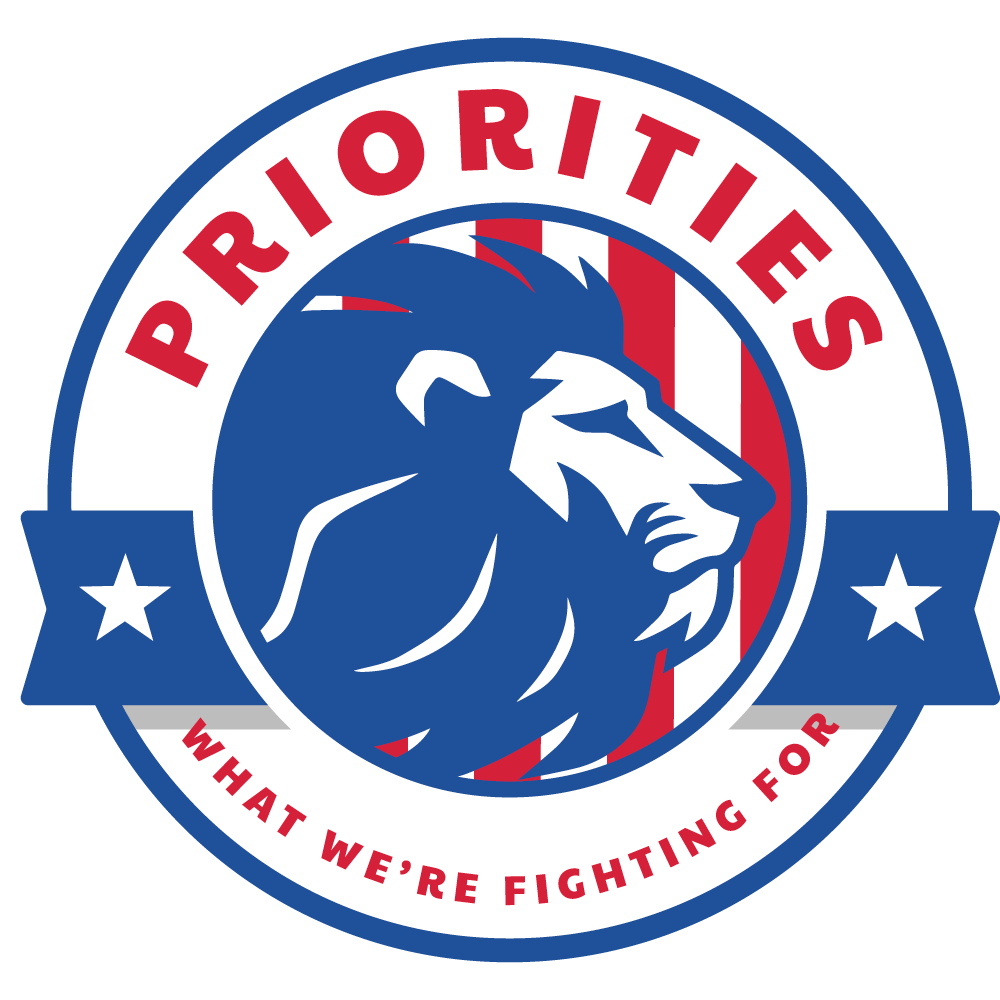
AFFORDABLE HOUSING/
HOMELESSNESS
Private/public partnership thinking is needed to address the affordable housing and homelessness crisis. California voters regularly name out-of-reach housing costs and homelessness among the most important issues facing the state. California is not only home to 12 percent of the nation’s population, but also a disproportionate 22 percent of the nation’s homeless population.
A mix of policies are needed to address California’s housing affordability and homelessness challenges. These are high aspirations due to the state increasing its expectations of local governments to plan and follow through on building more housing, a process known as the Regional Housing Needs Allocation, or RHNA.
There has to be a sensitivity to present legal constraints, which require the production of a HOUSING ELEMENT PLAN, demonstrating how the CITY will zone and plan for the development of housing.
PUBLIC SAFETY
Public safety refers to the well-being and protection of everyone in the community. It is the responsibility of the government to ensure that people are safe from harm and danger. This includes things preventing crime, responding to emergencies, and making sure that buildings and roads are safe to use.
We cannot prosecute our way-out of crime. It is not the police who created the conditions that lead to crime and homelessness. Police did not defund mental health services and then ask for the power to arrest the mentally ill. Also, police are not behind the housing, health, education and investment policies that have shaped underserved communities. We cannot expect police reforms, at least not by themselves, to solve the underlying problems that are created. The State must develop programs that supplement law enforcement.
ENVIRONMENT
Major environmental problems today are AIR and WATER pollution. The causation is by players such as ships, trucks, warehouses and trains that cause respiratory, skin, heart problems and other health conditions.
The introduction of harmful substances into ground and rain water, sources that can change the physical, chemical or biological condition of the water, can manifest into water pollution. On the other hand, Air Pollution is the release of pollutants such as gases, particles, biological molecules, etc. into the air that are harmful to human health as well as the environment.
The State has not been aggressive in pushing for emission cuts and water cleanup; the source of the pollution being trains, ships, trucks and warehouses. The State should have more oversight of the sources of air and water pollution.
For example, The South Coast Air Quality Management District adopted a rule requiring WAREHOUSES to reduce pollution by using zero-emission trucks and electric forklifts, installing solar panels and providing charging stations for electric vehicles. The city should adopt similar regulations for the Port.
ECONOMIC ENRICHMENT
There should be a matrix that provides for jobs and careers that lead to the ability to accumulate wealth. Future employment and business development should be based on science, technology, engineering, and mathematics (STEM) skill sets. It is a broad term used to group together these academic disciplines, and has implications for workforce development. It should be a plan that is based on STEM, as it addresses the complicated intricacies within relationships that are weighted by geographic location and education levels. For example, employment can be based around Harbor/Port commerce needs in order to produce commerce for all of the 35th State Senate District.
TRANSPORTATION
Los Angeles was the last major city in the United States to get a permanent rail system installed. However, the 35th State Senate District has not gotten the full benefit rail system. There must be a rail system that will promote an intra system that connects buses with the rail system, so that personal needs and commerce can be supported.
The Port of Los Angeles and the Port of Long Beach comprise the largest seaport complex in the United States, and is the fifth busiest in the world. The district cities have not fully benefited from this complex multimodal transportation infrastructure which serves as a regional, national and international hub for passenger and freight traffic. The system can, with proper planning, enhance an extensive freight and passenger rail infrastructure, including light rail lines, rapid transit lines and bus lines.

